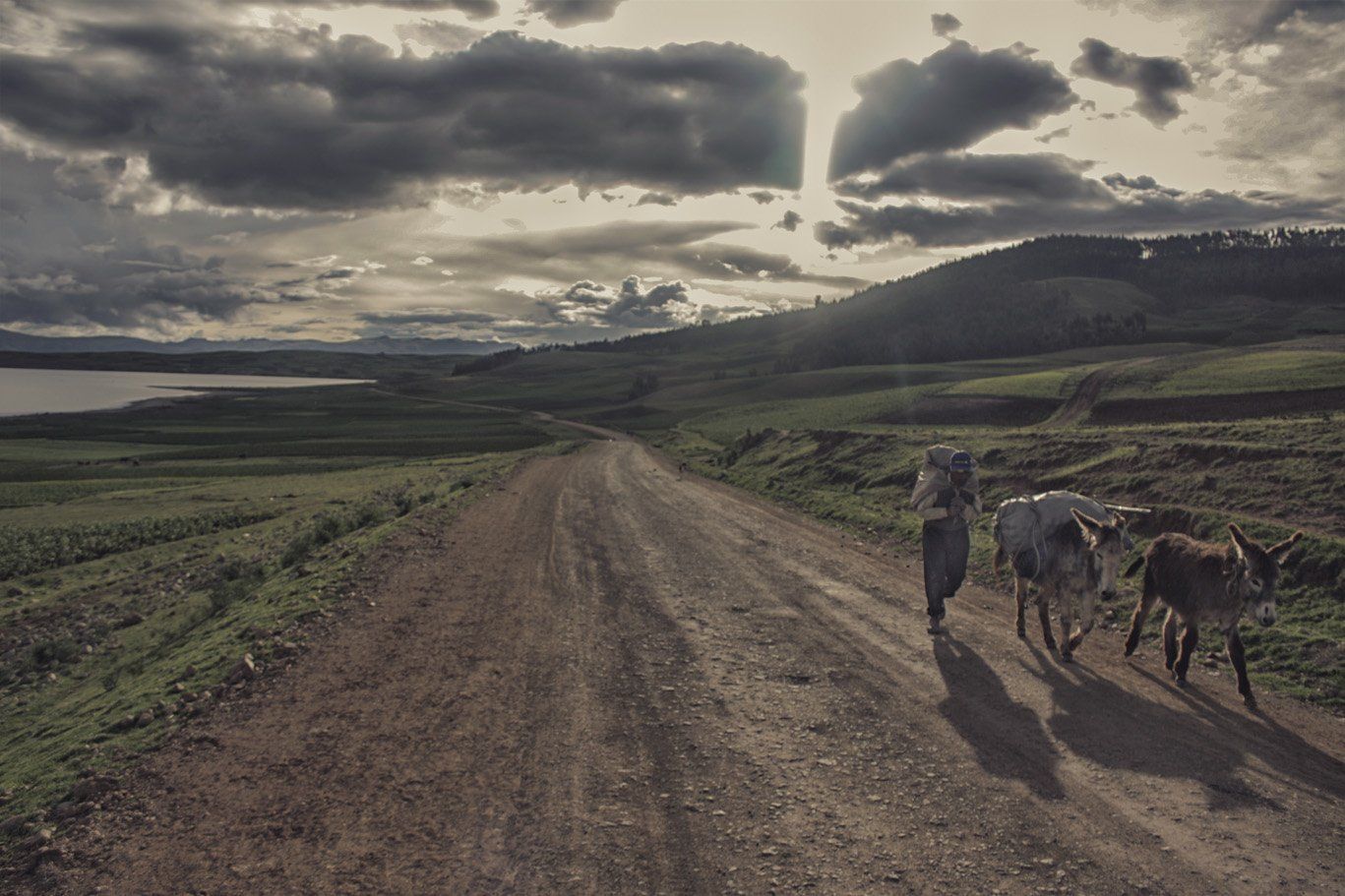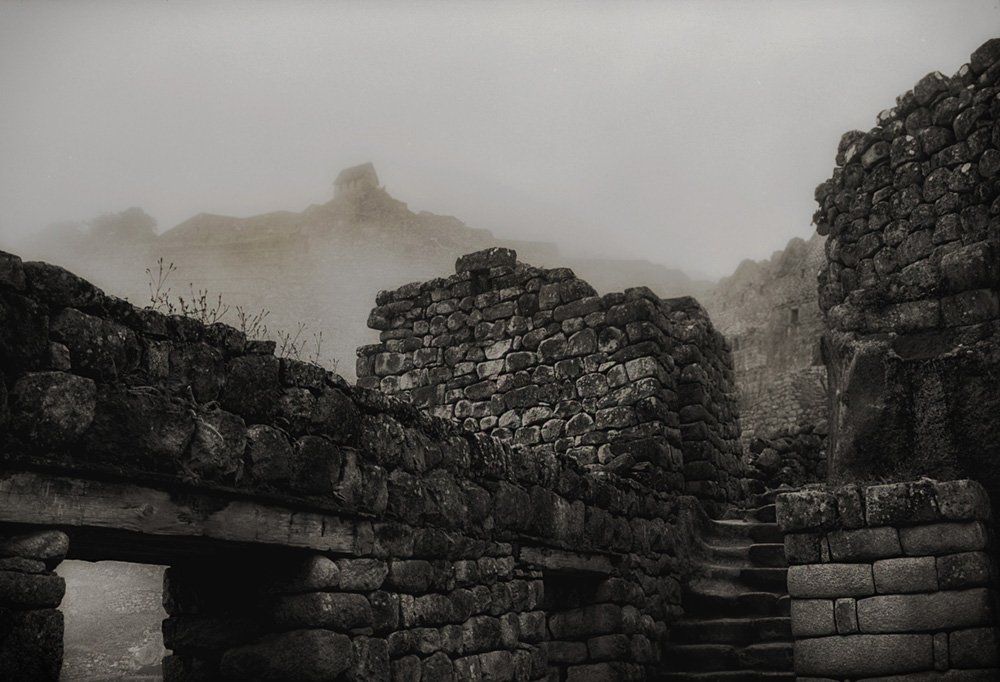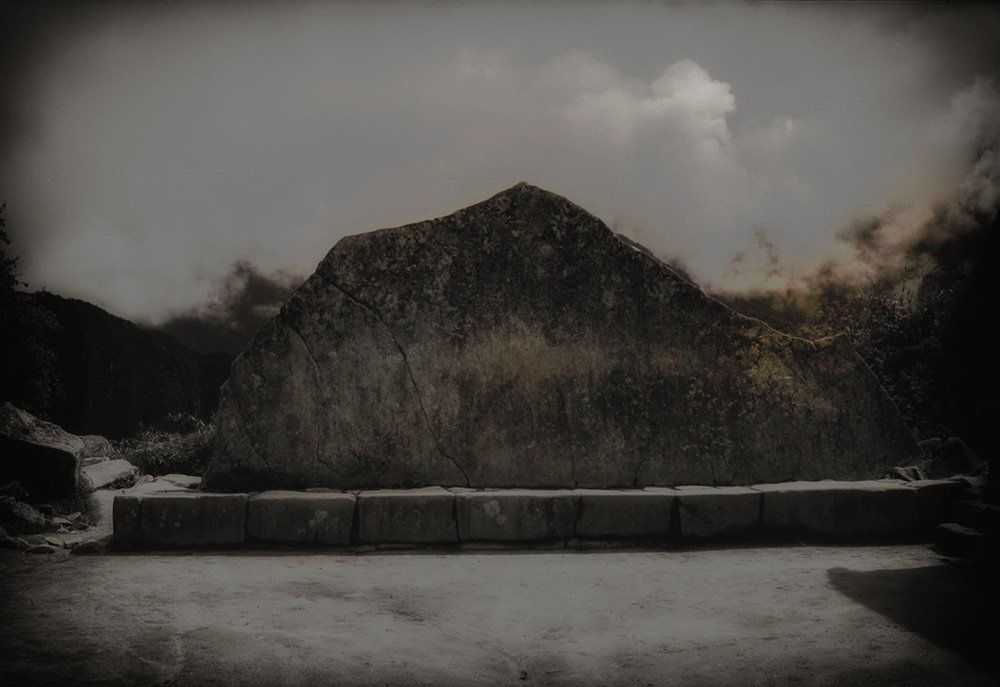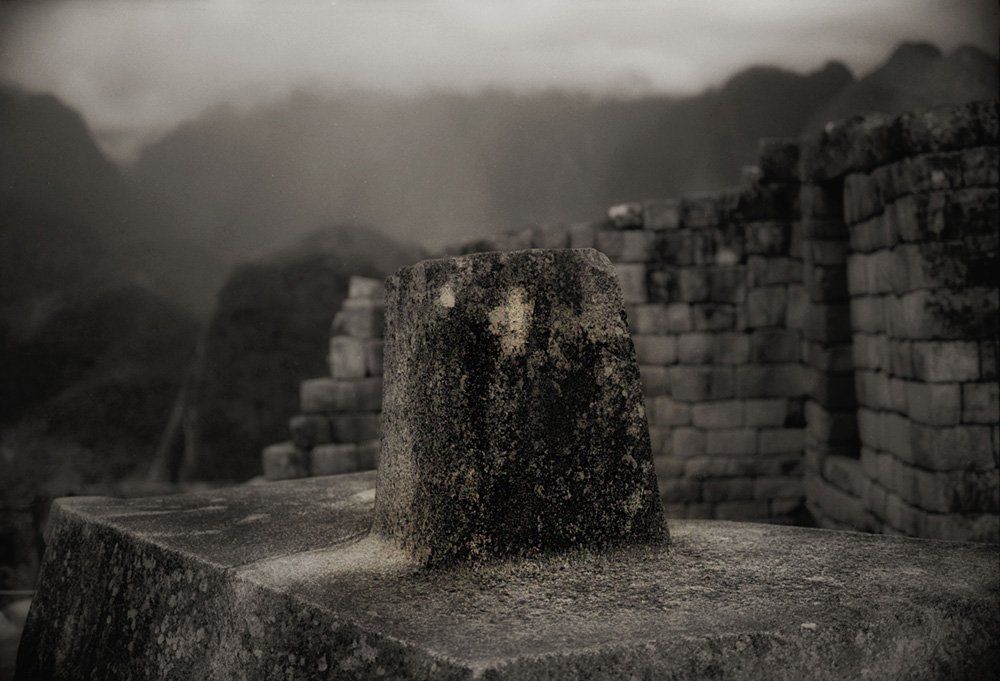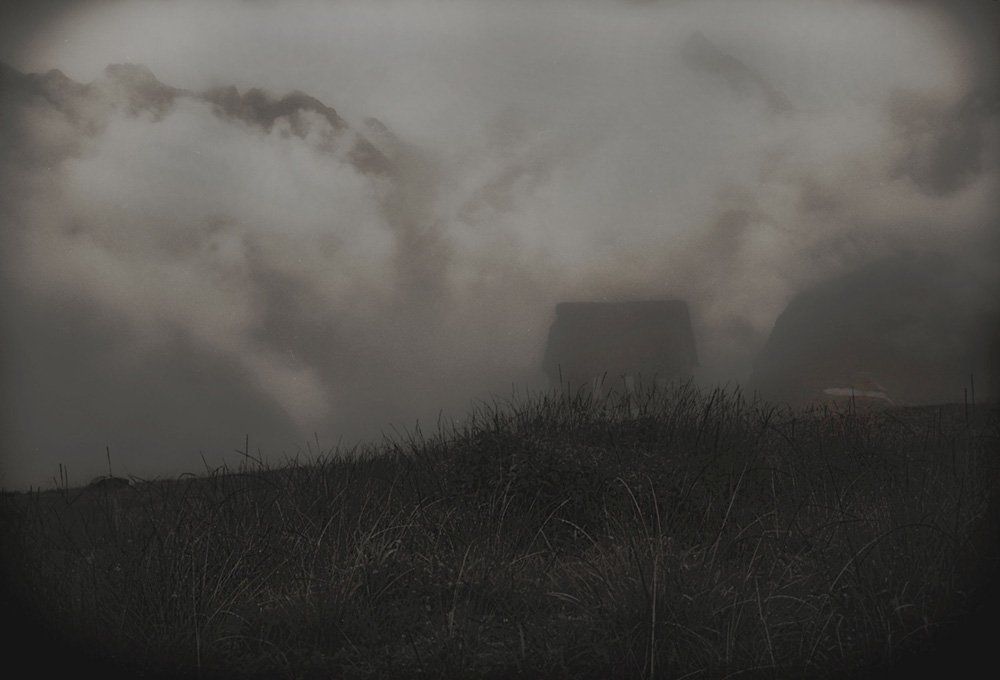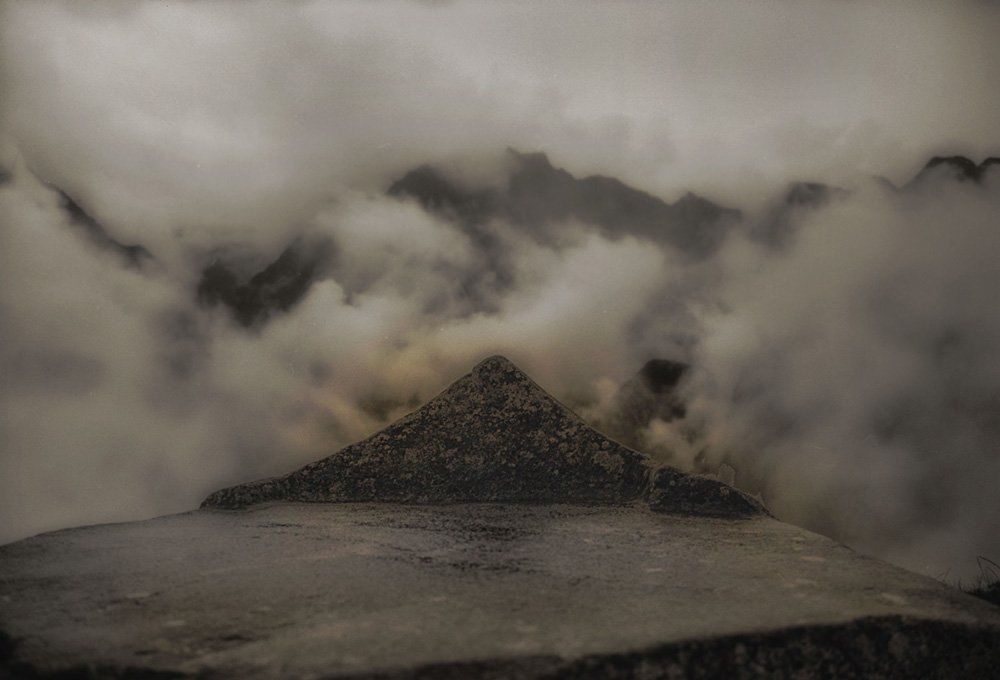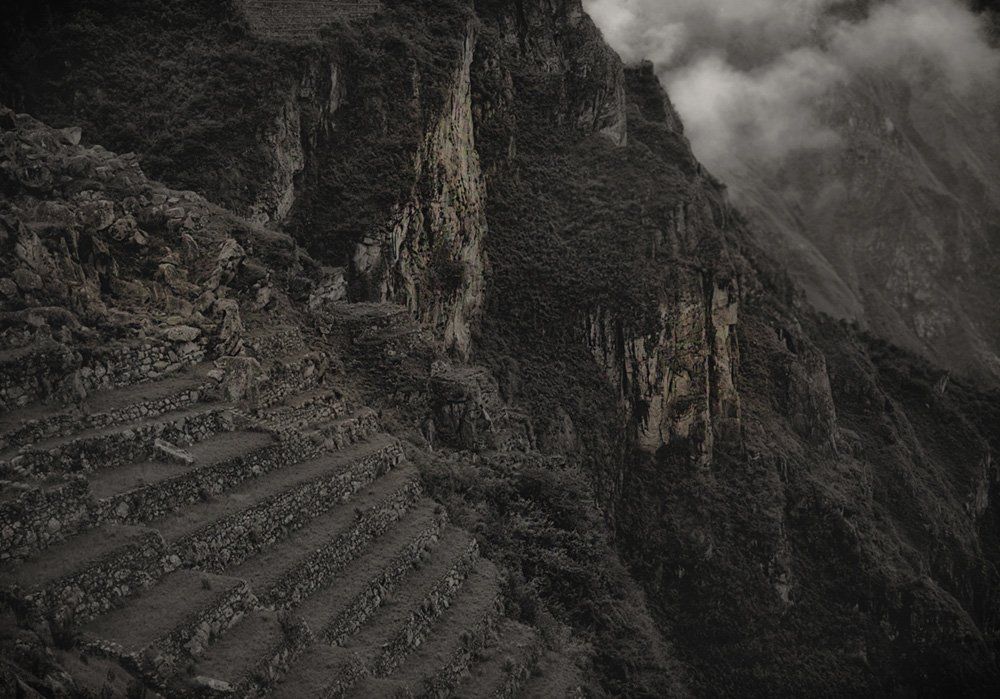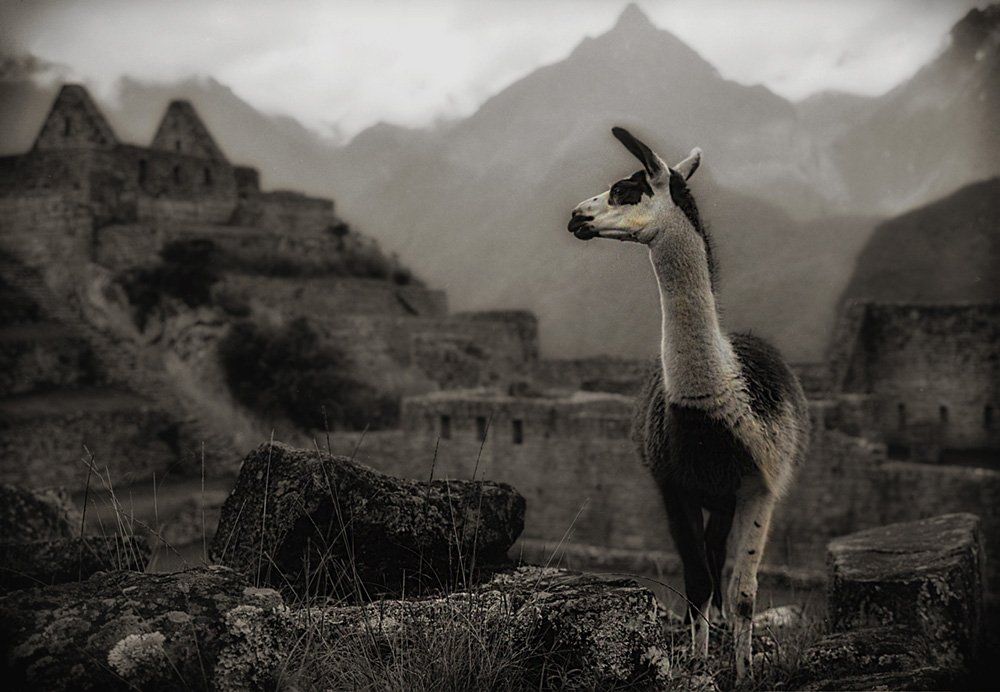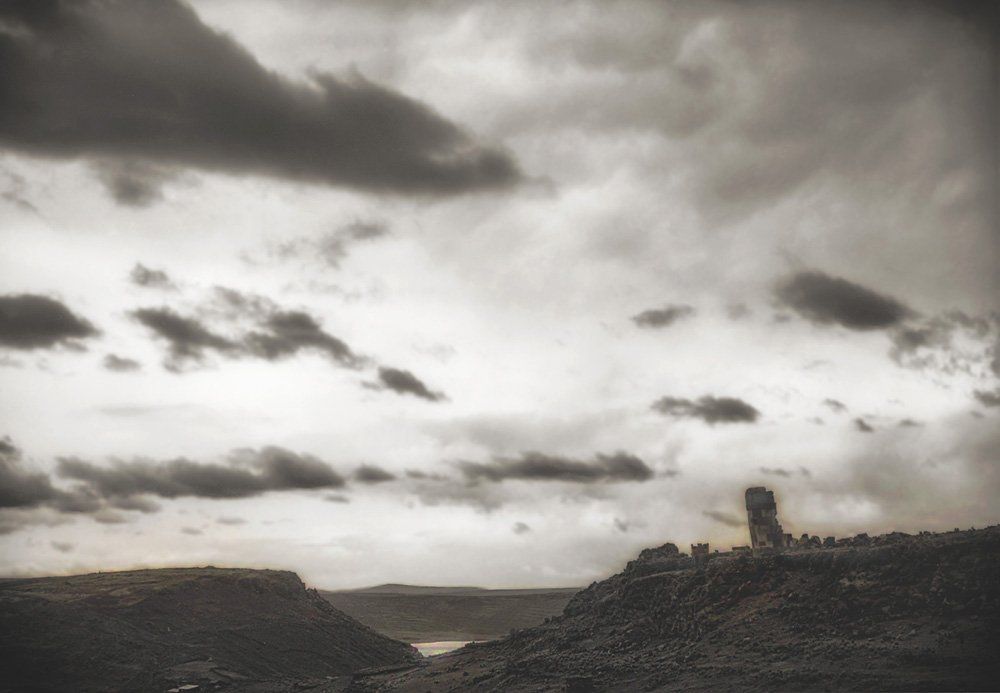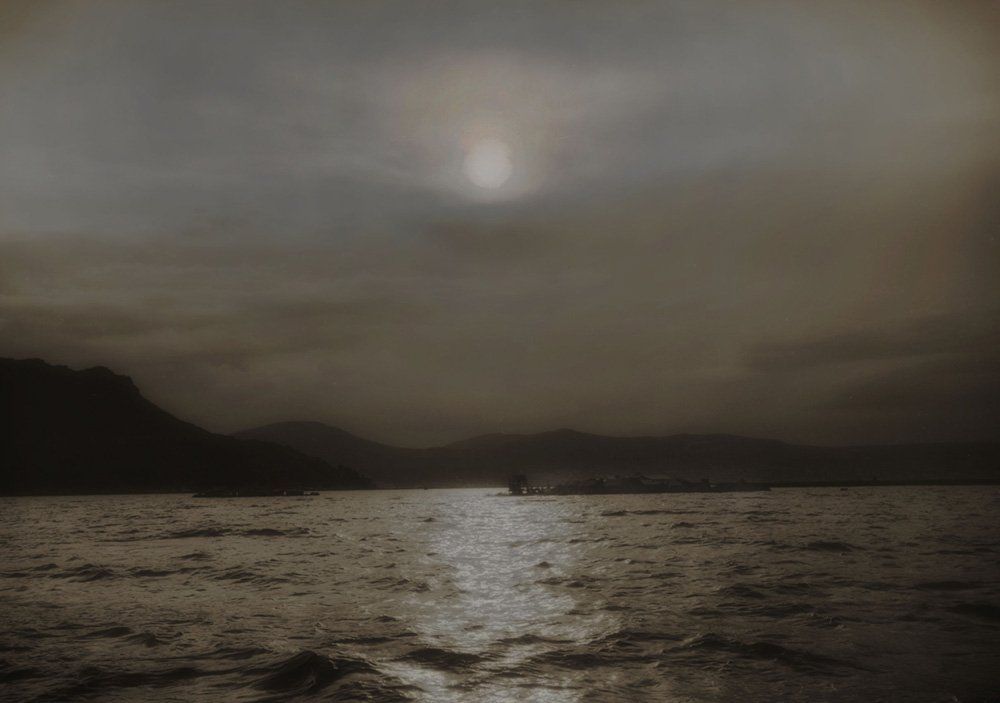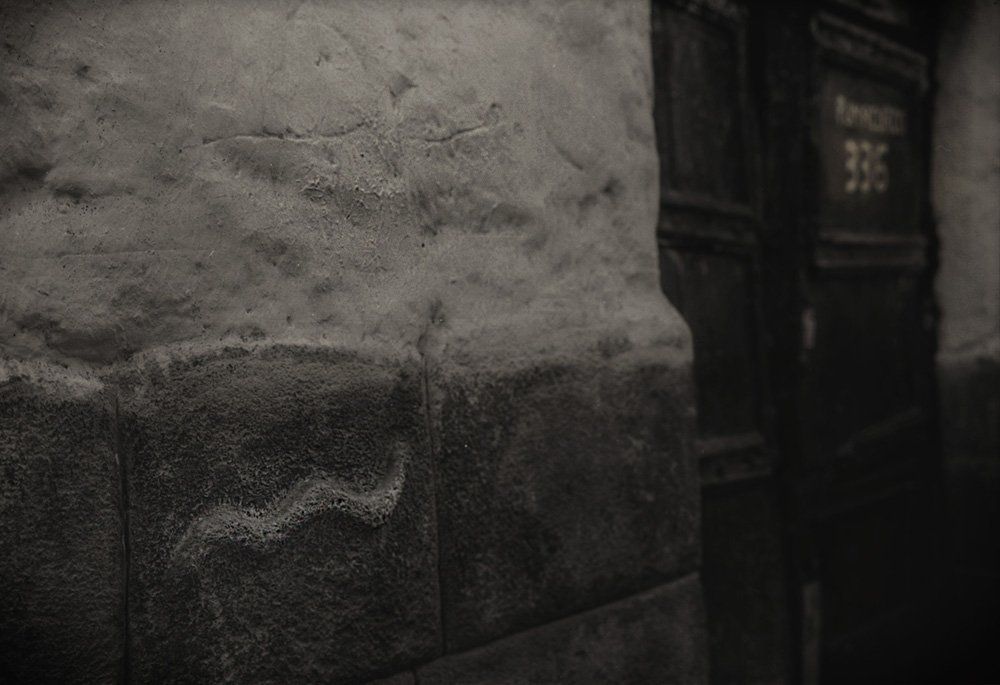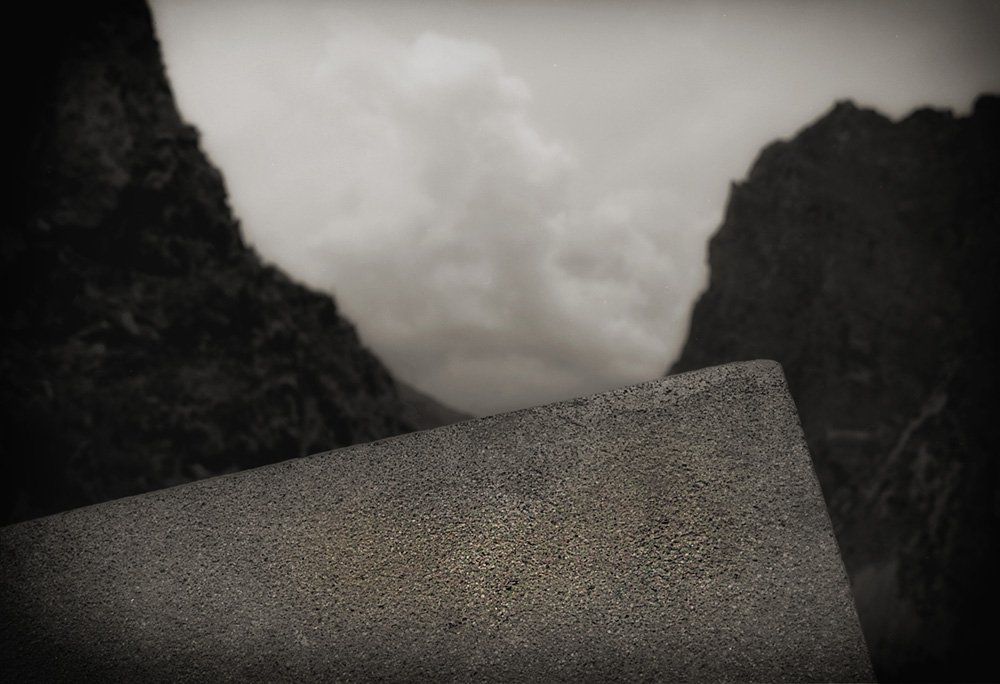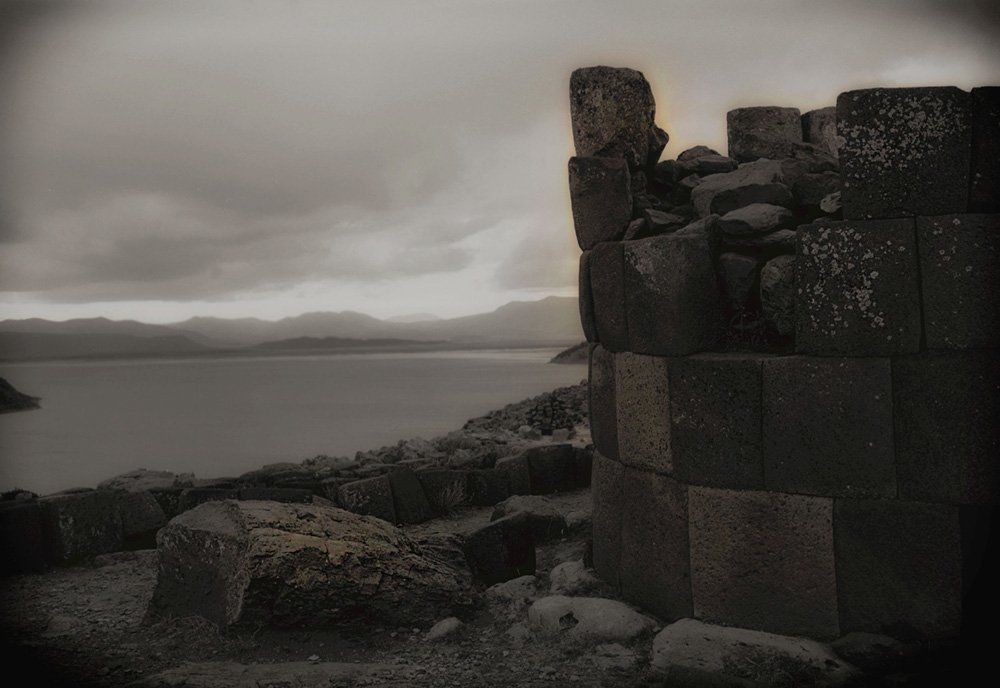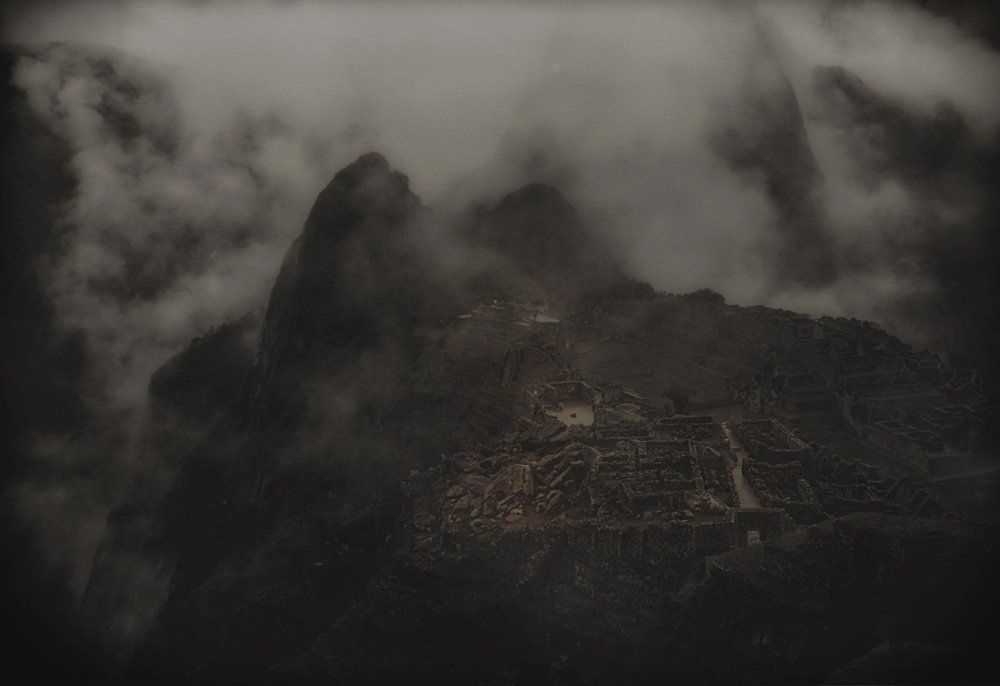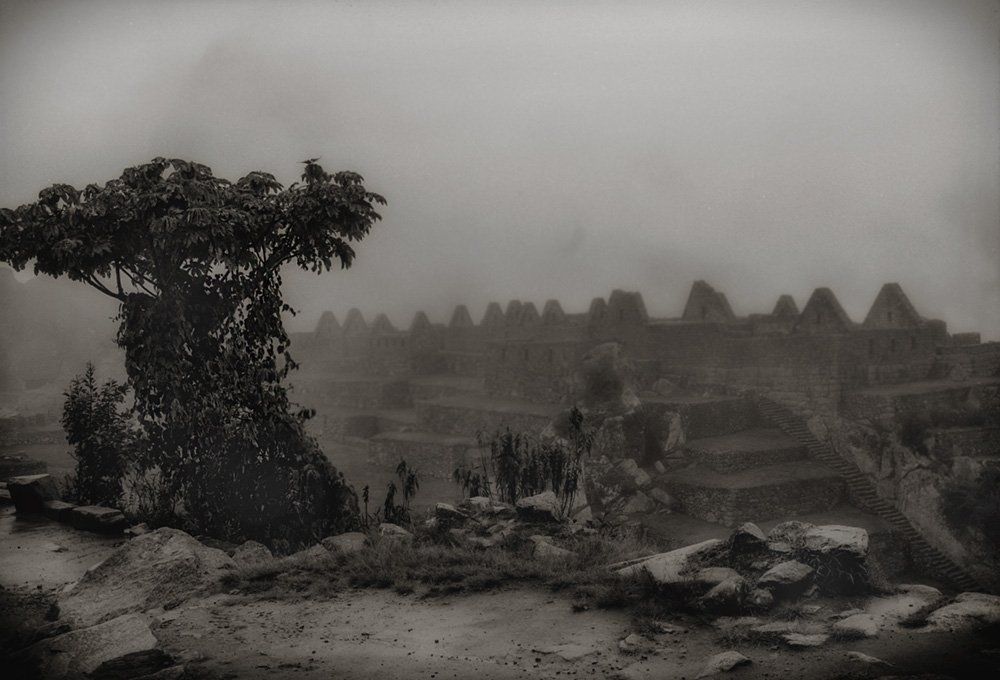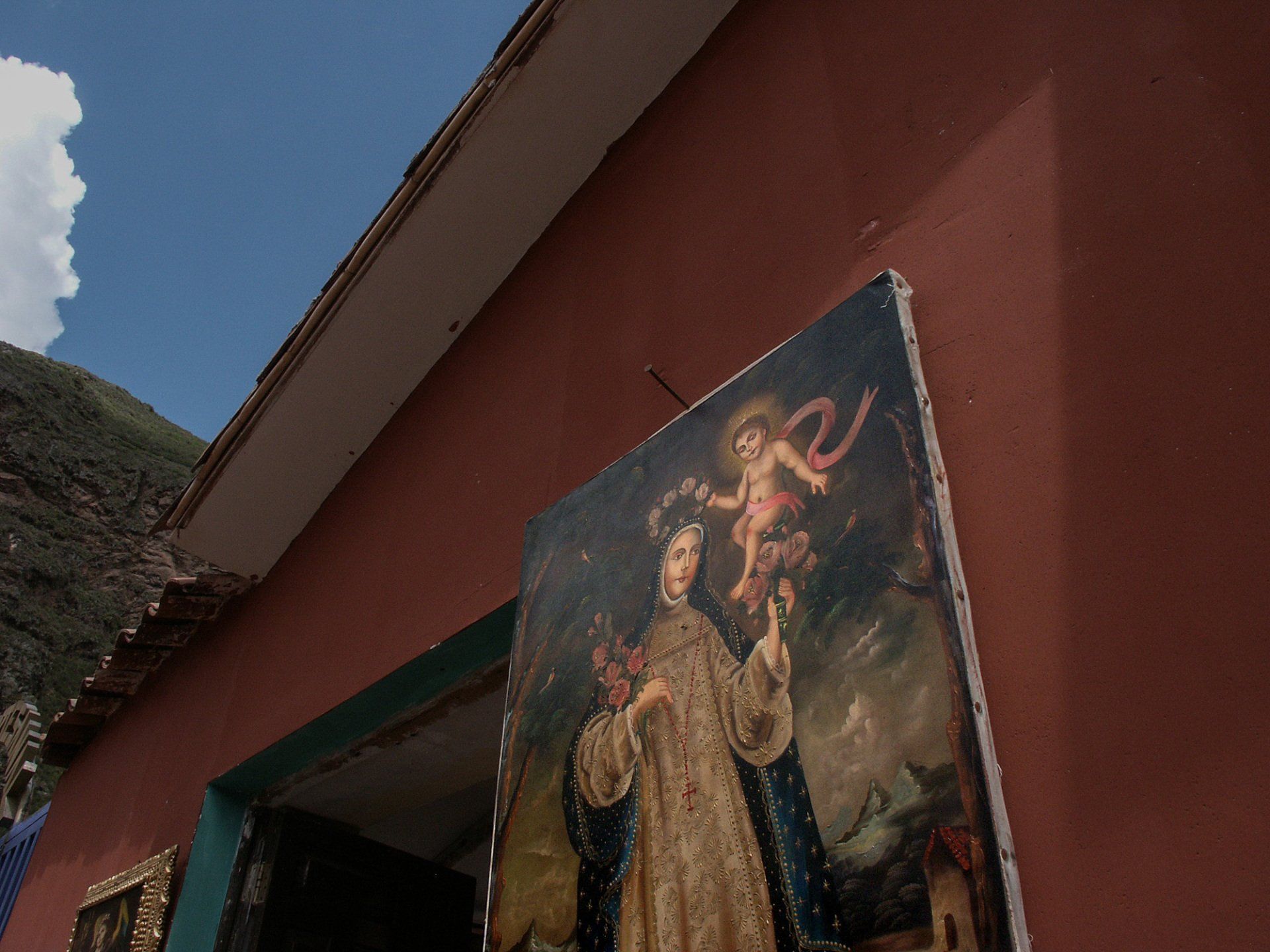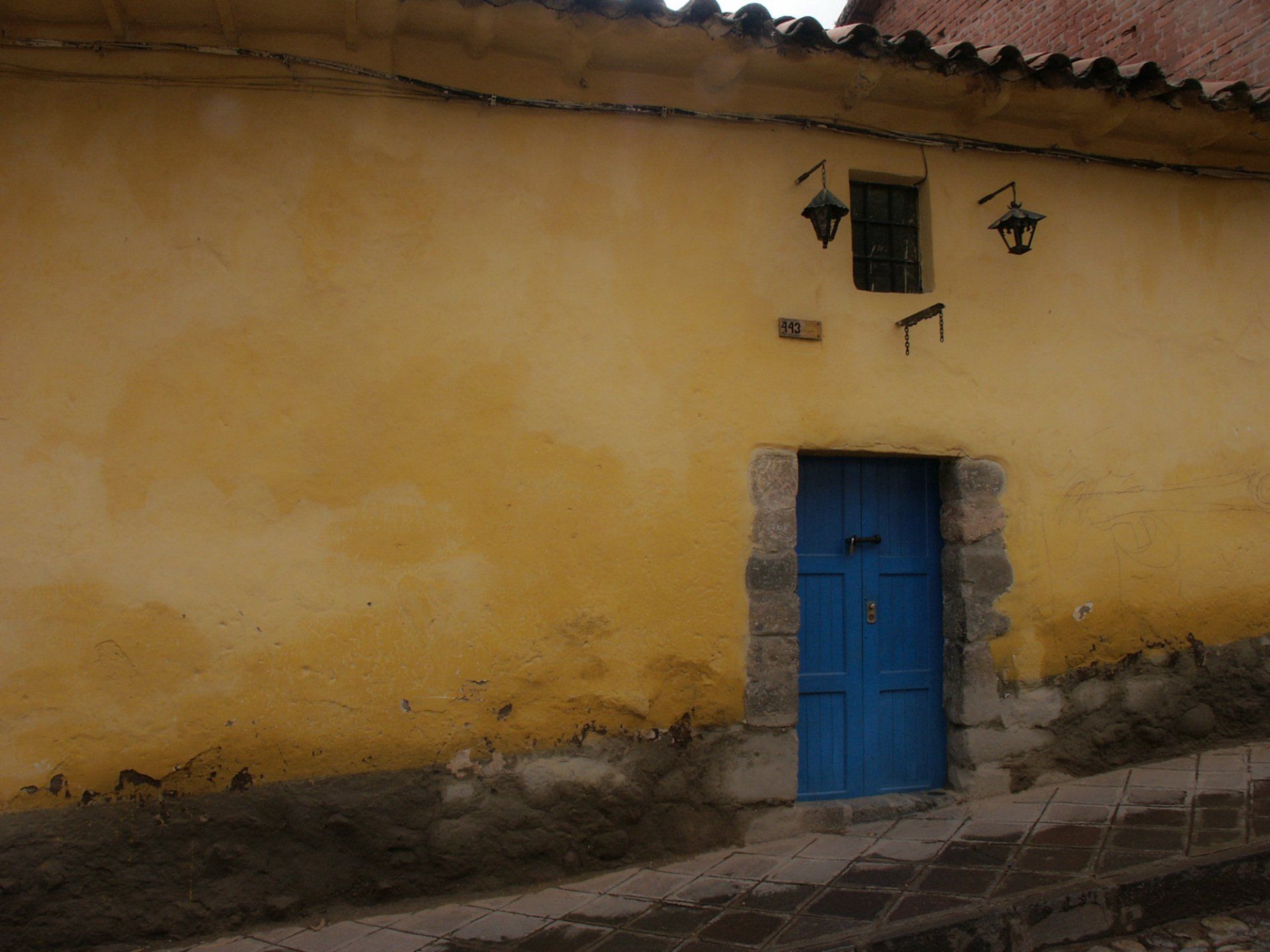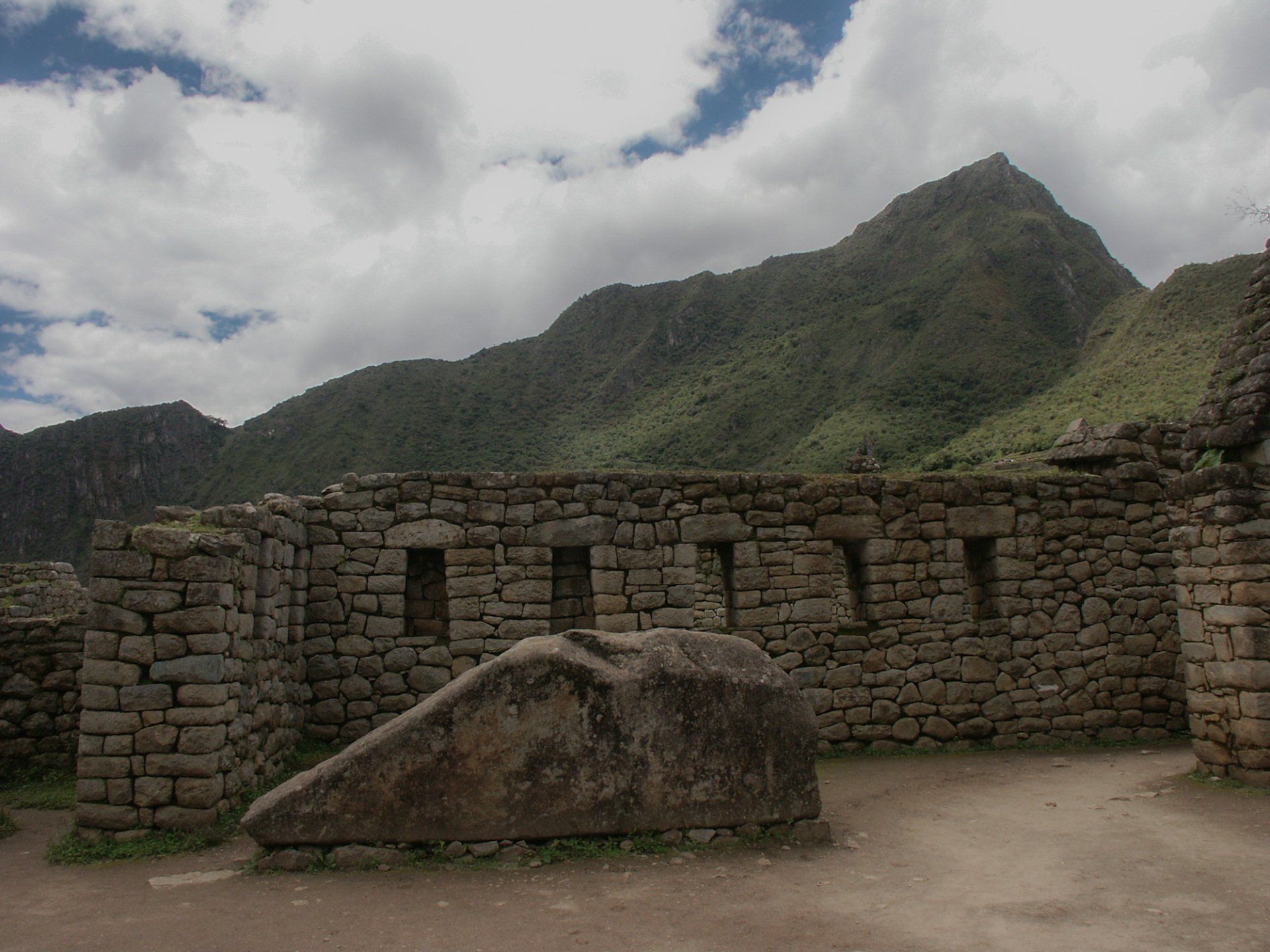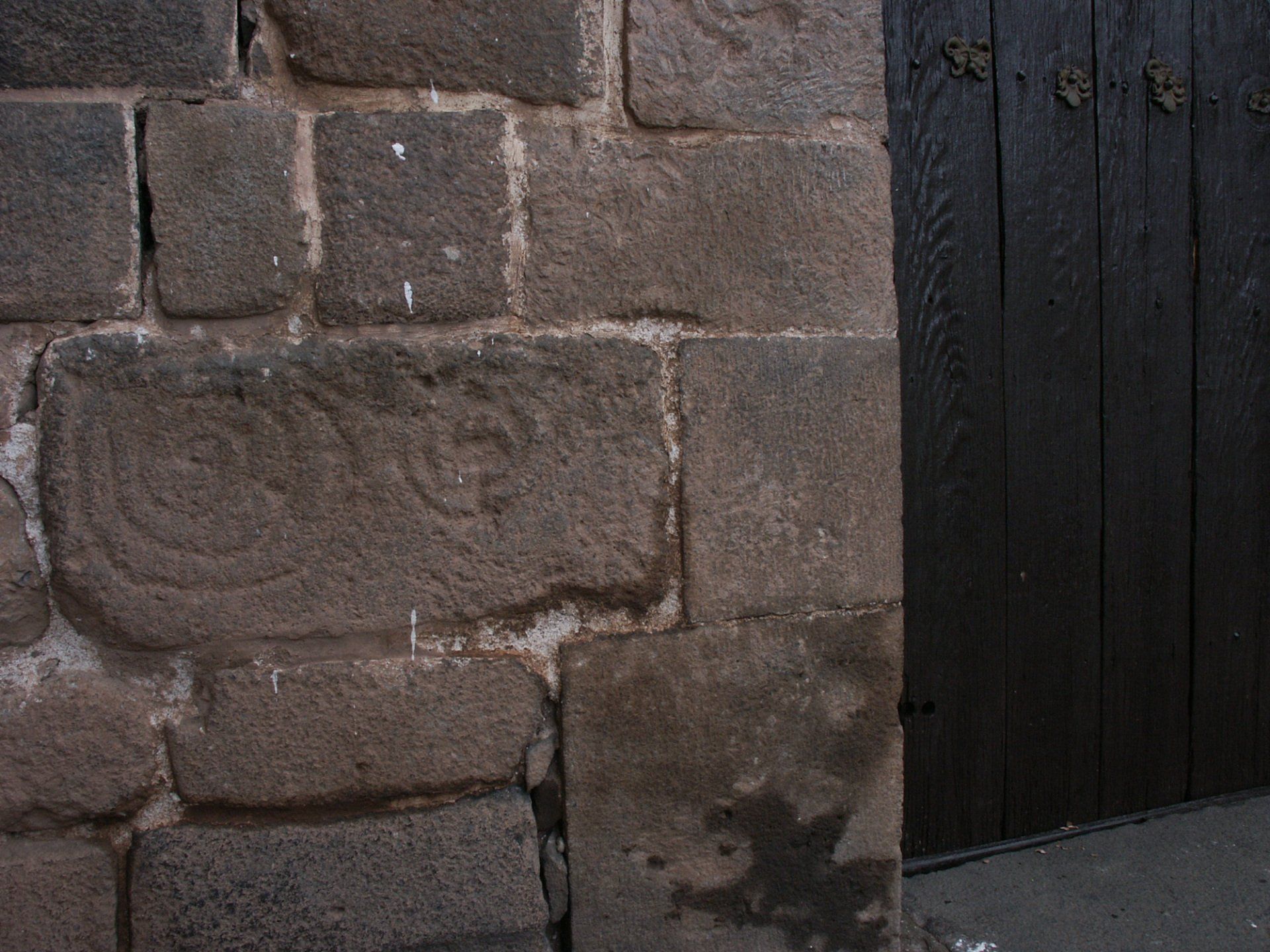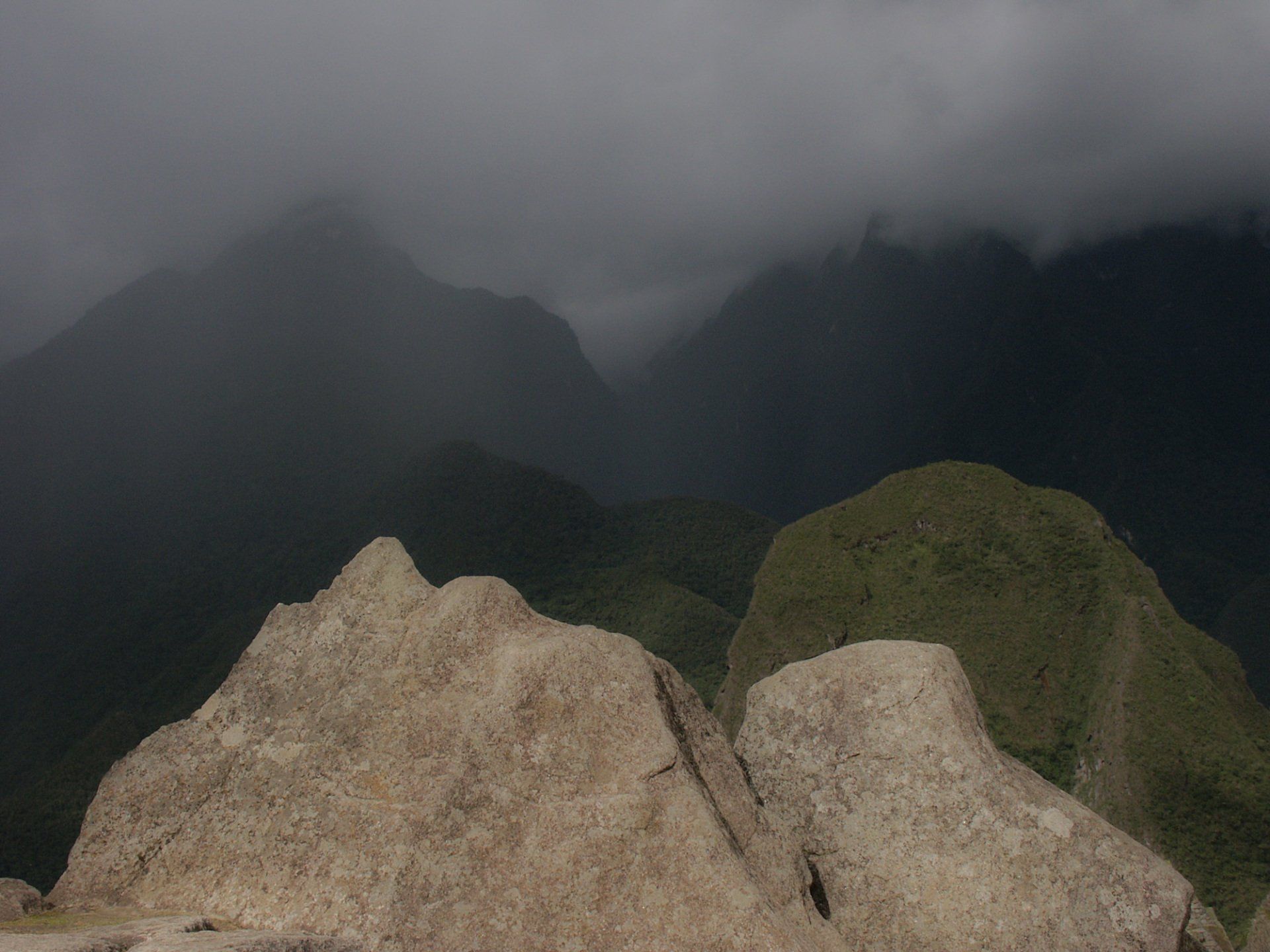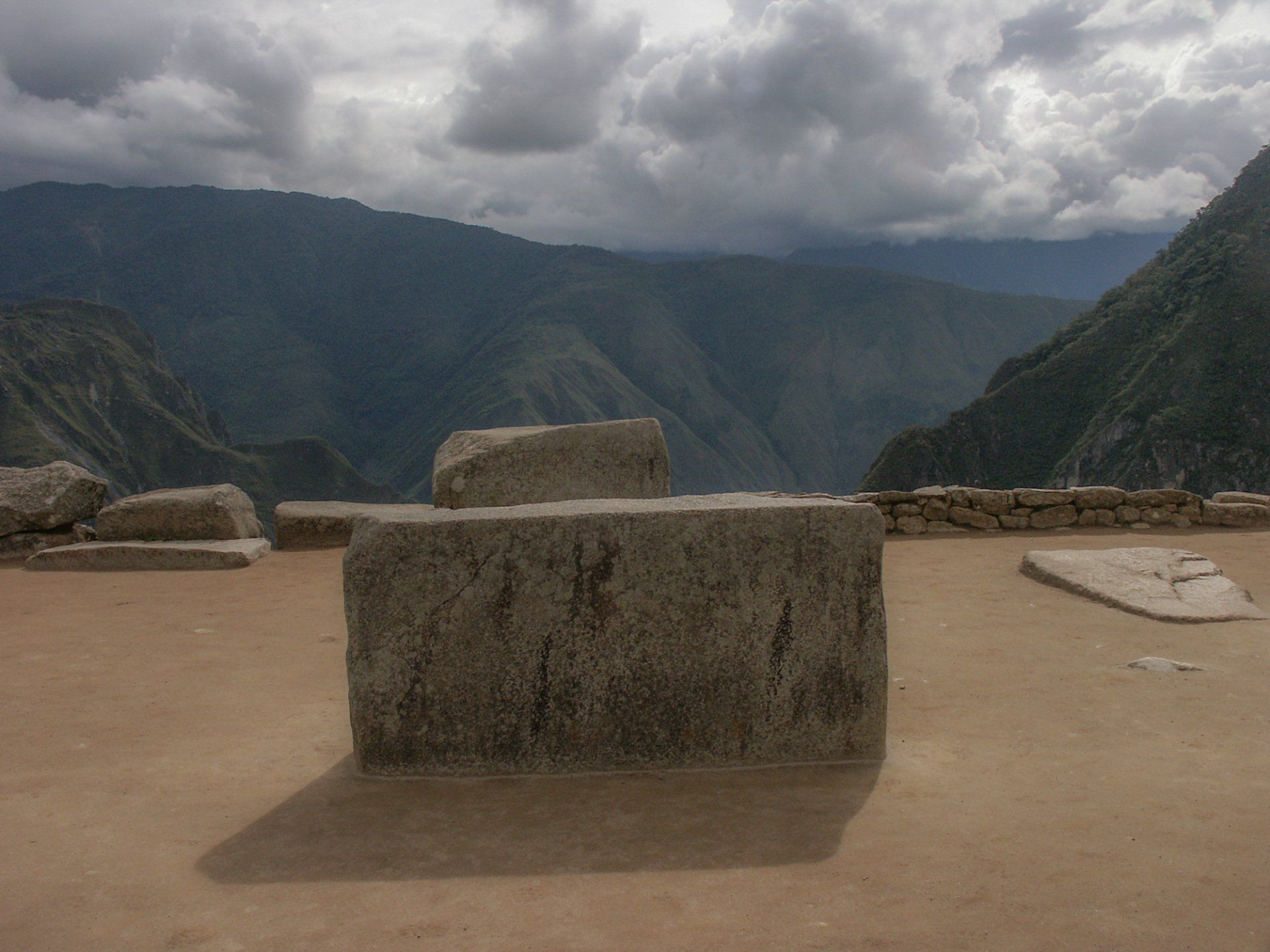Inca Landscapes
Andean Cultures and Their 'Waka'
As sacred and revered objects, the stones and megaliths of Andean culture were not representations - symbols - but presentations. They were embodiment of an essence that has been called 'transubstantial.' (Carolyn J. Dean)
Gallery
I have journeyed to Peru four times since 2002. There is so much more to see. On one occasion, along with my son Fred, I took a group of photographers from Lake Titicaca, through Cuzco and on to the heights of Machu Picchu. My preferred time of year is in January, the rainy season. The air is cool, the skies often fogged or with low hanging clouds. And not as many tourists. I can walk around in silence.
Field Notes
My doctoral dissertation was about contemporary photographers who engage with sacred traditions through architecture. One photographer was Edward Ranney and his earlier Maya work, but mostly his body of photographs about the Inca. Through my study of his work, as well as other photographers such as Martín Chambi, I was drawn to Peru to pursue my own photographic surveys. During one trip to Peru made when I was on Sabbatical from my university, I lived in Cusco for a couple of months. Around this ancient town in the Andes, I walked the streets and alleys like a ‘flâneur.’ Peru is like a liminal zone for me. A place to observe quotidian routines where my own mind is left to wander. Is it the lack of oxygen this high in the Andes? In that state of wandering, images come to me, as they did in Sillustani, the pre-Inca burial site in southern Peru. Being in this slipstream has lessened the urge to photograph. The remembered experience from Peru has always been stronger than the one photographed. The former cannot be recorded anyway. It is one of the few places where I sit and watercolor what lay before me. Usually with a few Cusqueñas served along the way.

